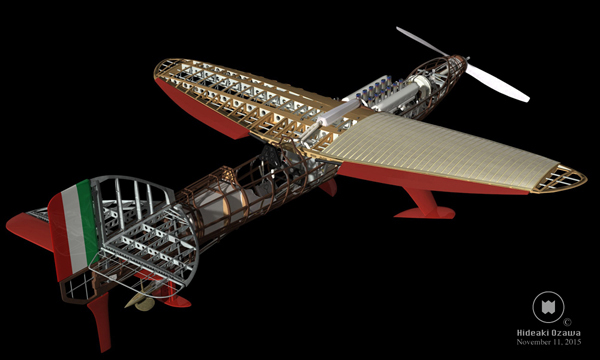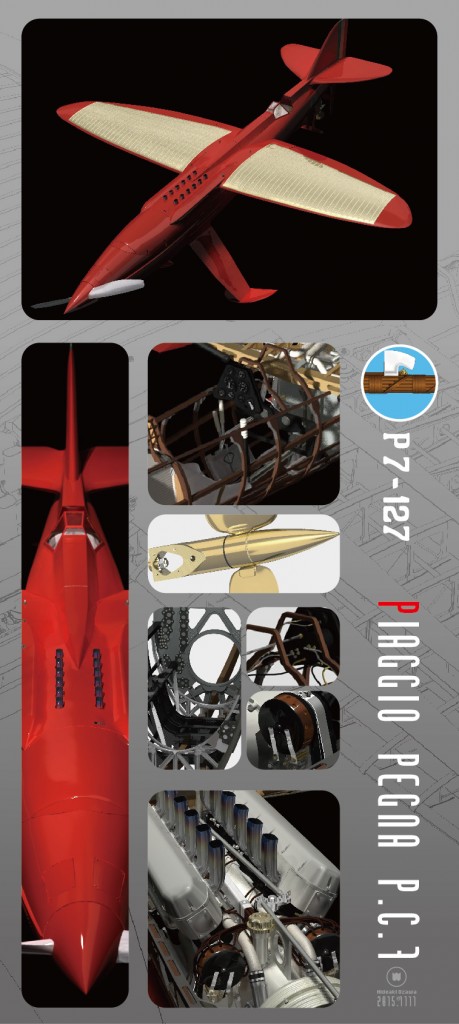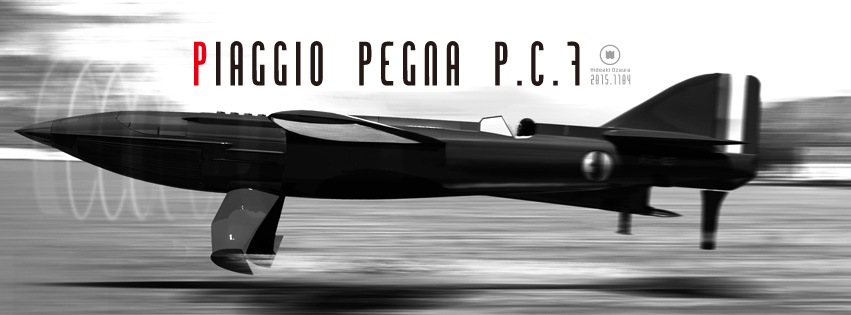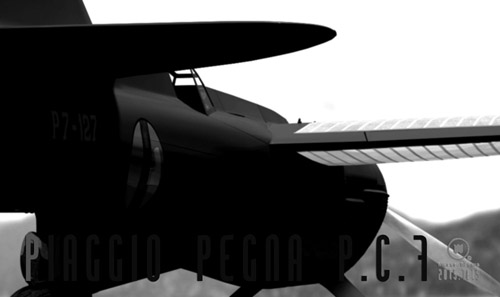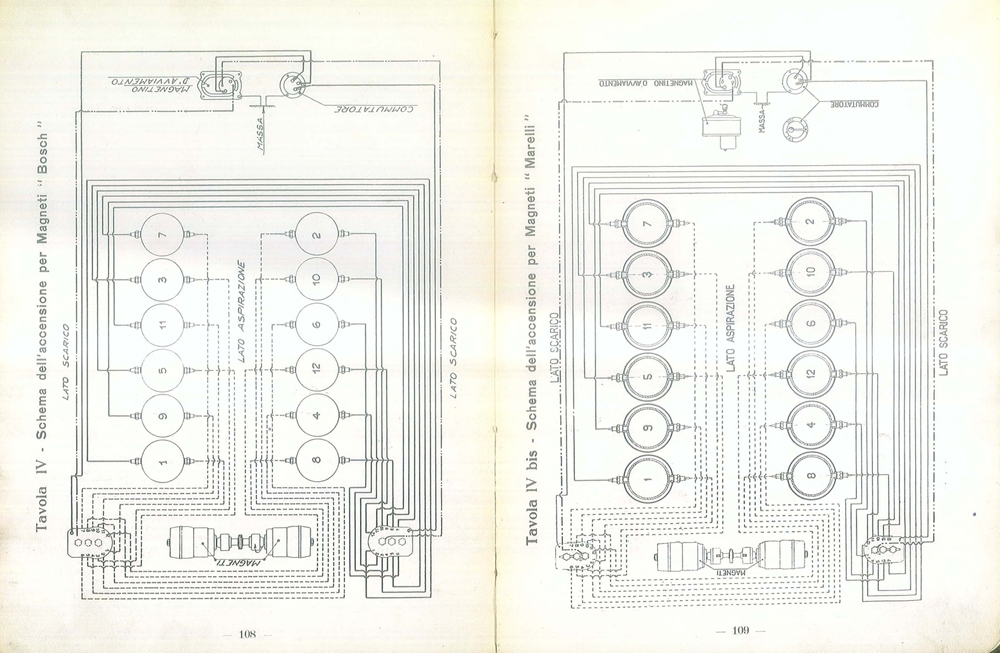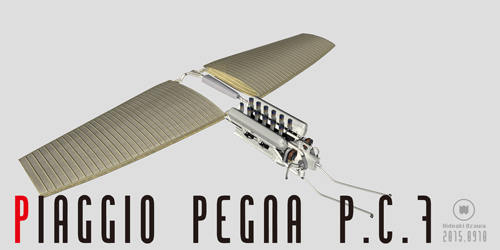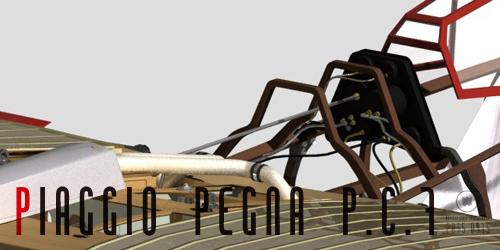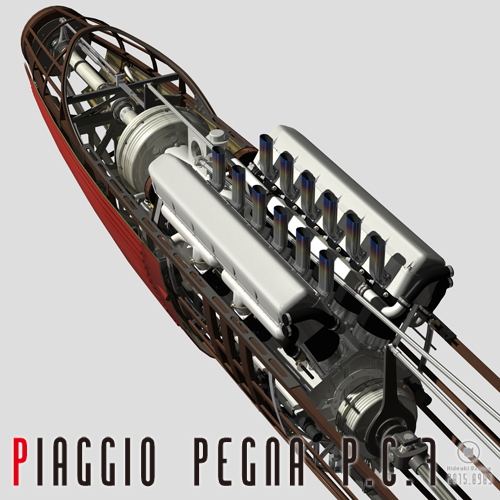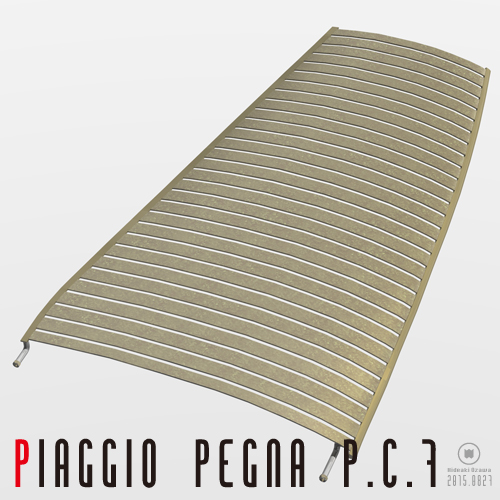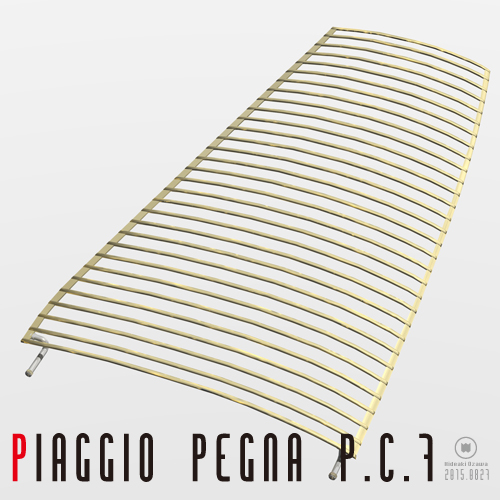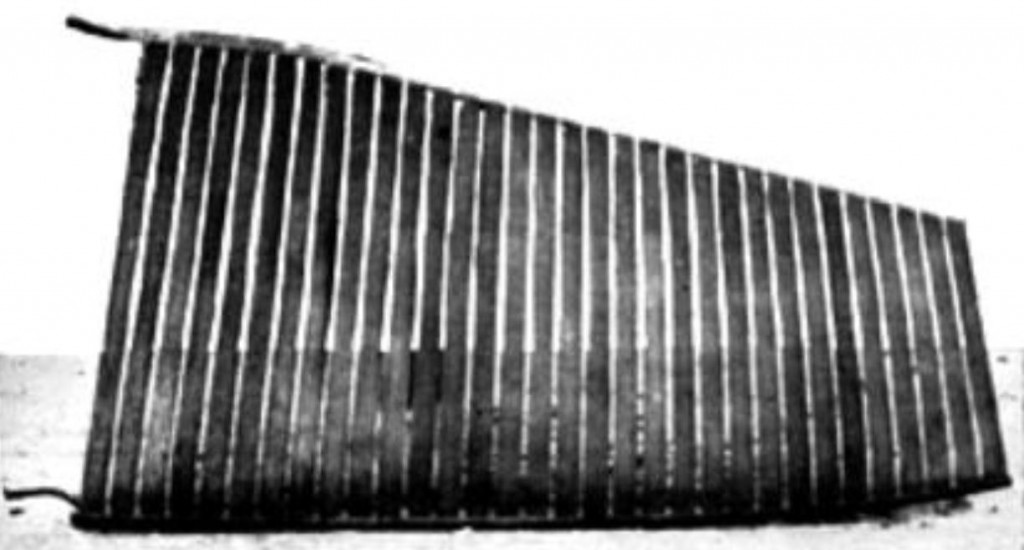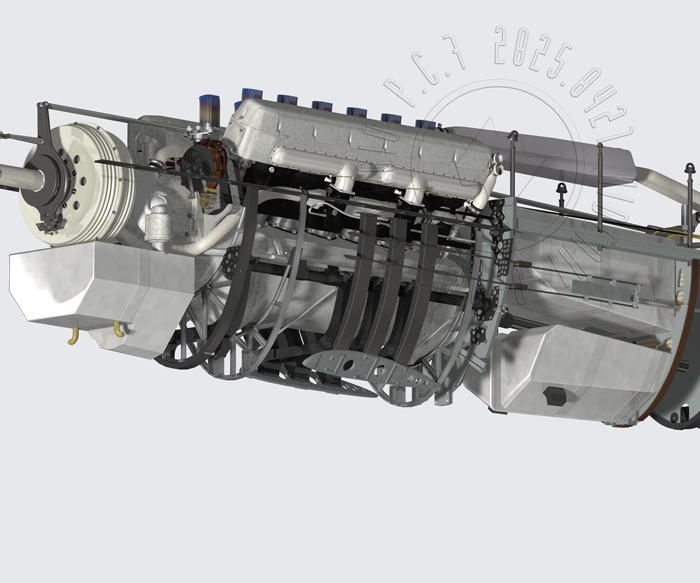
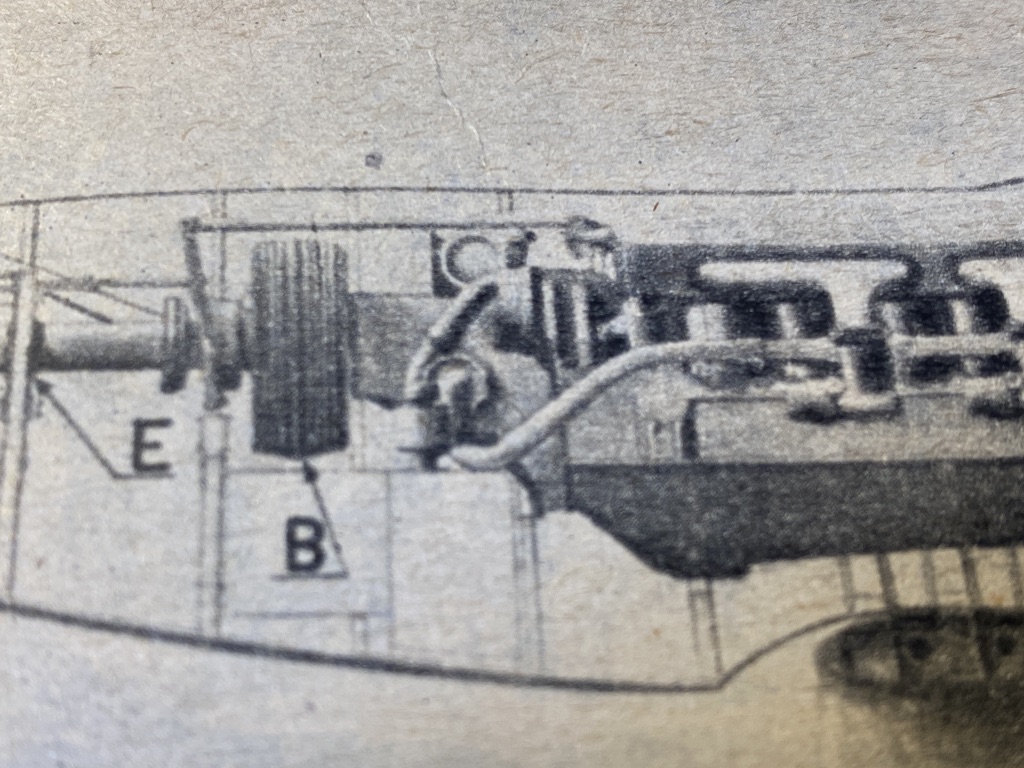
- Equipped with a water-cooled Isotta Fraschini Asso engine
- Thin-profile radiators installed on the forward sides of the fuselage
- The design closely resembles a surface-cooling (film-circulation) system, optimized to minimize aerodynamic drag
- The radiators are either integrated into the aircraft skin or embedded in such a way that their weight is distributed across the fuselage structure
🧪 Weight Estimation: Radiator + Oil Tank in the PC7
Here we re-estimate the internal breakdown of the declared 47 kg, based on design logic similar to that of the Piaggio PC7:
- Oil Volume (Prioritizing Cooling Performance)
- For racing use, maximum cooling efficiency is assumed, with approx. 30 liters of oil on board
- Specific gravity of aviation engine oil: 0.9 kg/L
- Oil weight: approx. 27–30 kg
- Oil Tank (Aluminum Construction)
- Located just beneath the engine, mounted forward
- Capacity around 30L, built from ultra-thin aluminum (≤1.5mm thick)
- Weight: approx. 3–4 kg
- Radiator (Fuselage Side-Mounted)
- Thin-film structure following the curvature of the fuselage
- Despite the large surface area, the materials are extremely lightweight (supported by the airframe)
- Internal piping is ultra-fine, made from brass or aluminum for corrosion resistance and heat dissipation
- For racing + bonded installation: weight approx. 13–17 kg
📊 Estimated Breakdown (PC7 Spec)
Component Estimated Weight
Engine Oil (max load) approx. 28–30 kg
Oil Tank (aluminum) approx. 3–4 kg
Radiator (thin side-mounted) approx. 13–15 kg
Total 47 kg
💡 Explanation:
This configuration fits the unique design philosophy of the Piaggio PC7 exceptionally well:
- Primary cooling is handled by thin-profile radiators exposed to direct airflow
- Placing the oil tank close to the engine improves circulation efficiency
- Both the tank and radiator are designed as consumable components integrated into the aircraft’s outer skin, balancing weight reduction with ease of maintenance
🔍 Piaggio PC7 の冷却構造:前方側面ラジエーターの場合
📌 特徴的な設計要素:
- 水冷エンジン(Isotta Fraschini Asso)を搭載
- 機体前方の側面に「薄型ラジエーター」を設置
- 表面冷却型(皮膜循環式)に近く、空気抵抗を最小限に抑えるデザイン
- ラジエーターは機体の外板と一体化しているか、埋め込み式で重量を機体構造に分担させている
🧪 重量推定:PC7のラジエーター+オイルタンク
ここでは47 kgという公称重量の中から、Piaggio PC7 のような設計思想に沿って、オイル・タンク・ラジエーターの内訳を再推定してみます:
1. オイル量(冷却を優先)
- レース用で冷却性能を最大化するため、約30L程度のオイルを搭載と仮定
- 航空エンジンオイルの比重:0.9 kg/L
- オイル重量:約27~30 kg
2. オイルタンク(アルミ製)
- エンジン直下、前方設置
- 容量30L程度、板厚1.5mm以下の極薄アルミ製
- 重量:約3~4 kg
3. ラジエーター(機体側面に設置)
- 側面に沿う薄膜構造
- 表面積が広くても構造材が非常に軽量(機体が支持)
- 内部配管は極細で、素材は真鍮またはアルミ(耐腐食・放熱重視)
- レース用途+貼付式=重量:約13~17 kg

